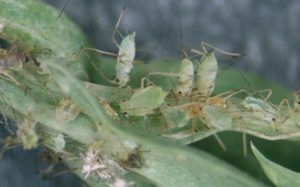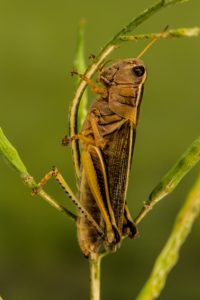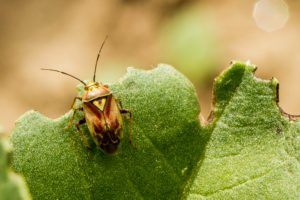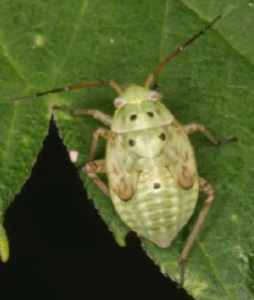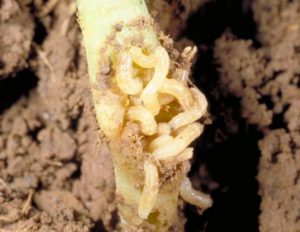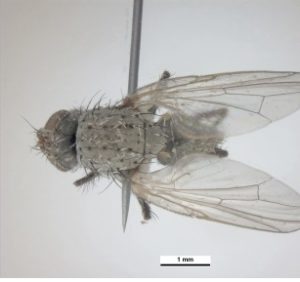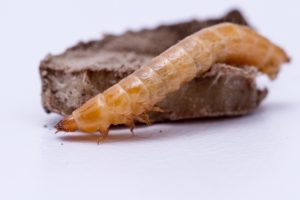Dry Beans – Insects
The following show the most common insect pests of dry beans. Insects of concern in dry beans include below-ground feeders, sap feeders, as well as defoliators. Crops should be scouted throughout the growing season to monitor for damage, and control measures only taken if economic thresholds are reached to help protect beneficial insects present in the field.
LINKS
- Alberta Blue Book (Crop Protection Manual)
- Dry Bean Insect and Disease Scouting Calendar
- Field Crop and Forage Pests and their Natural Enemies in Western Canada: Identification and Management, Agriculture and Agri-Food Canada
- Guide for Cutworm Pests of Crops on the Canadian Prairies
- Soybean Cyst Nematode: A Potential Threat to Dry Beans
Alfalfa Looper
|
|
DAMAGE |
|
LIFE CYCLE |
|
CONTROL |
|
ECONOMIC THRESHOLD |
|
REFERENCE |
|
Aphid
|
|
DAMAGE |
|
LIFE CYCLE |
|
CONTROL |
|
ECONOMIC THRESHOLD |
|
RESOURCE |
|
Grasshoppers
|
|
DAMAGE |
|
LIFE CYCLE |
|
CONTROL |
|
ECONOMIC THRESHOLD |
|
REFERENCE |
|
LYGUS BUG
|
|
DAMAGE |
|
LIFE CYCLE |
|
CONTROL |
|
ECONOMIC THRESHOLD |
|
RESOURCE |
|
Seedcorn Maggot
|
|
Damage |
|
LIFE CYCLE |
|
CONTROL |
|
ECONOMIC THRESHOLD |
|
REFERENCE |
|
Wireworm
|
|
DAMAGE |
|
LIFE CYCLE |
|
CONTROL |
|
ECONOMIC THRESHOLD |
|
REFERENCE |
|
Special thanks to Saskatchewan Pulse Growers and Manitoba Pulse and Soybean Grower.


